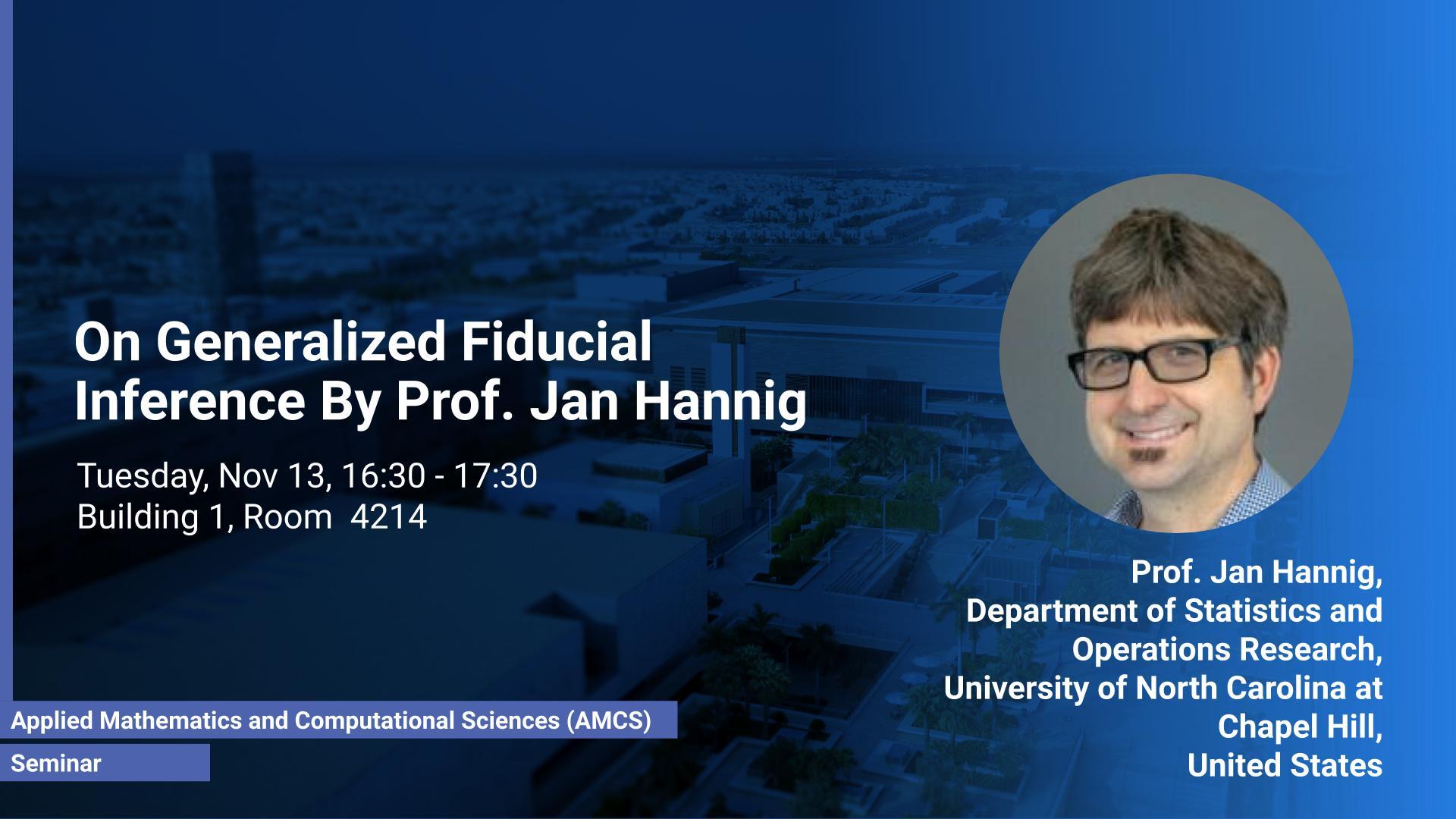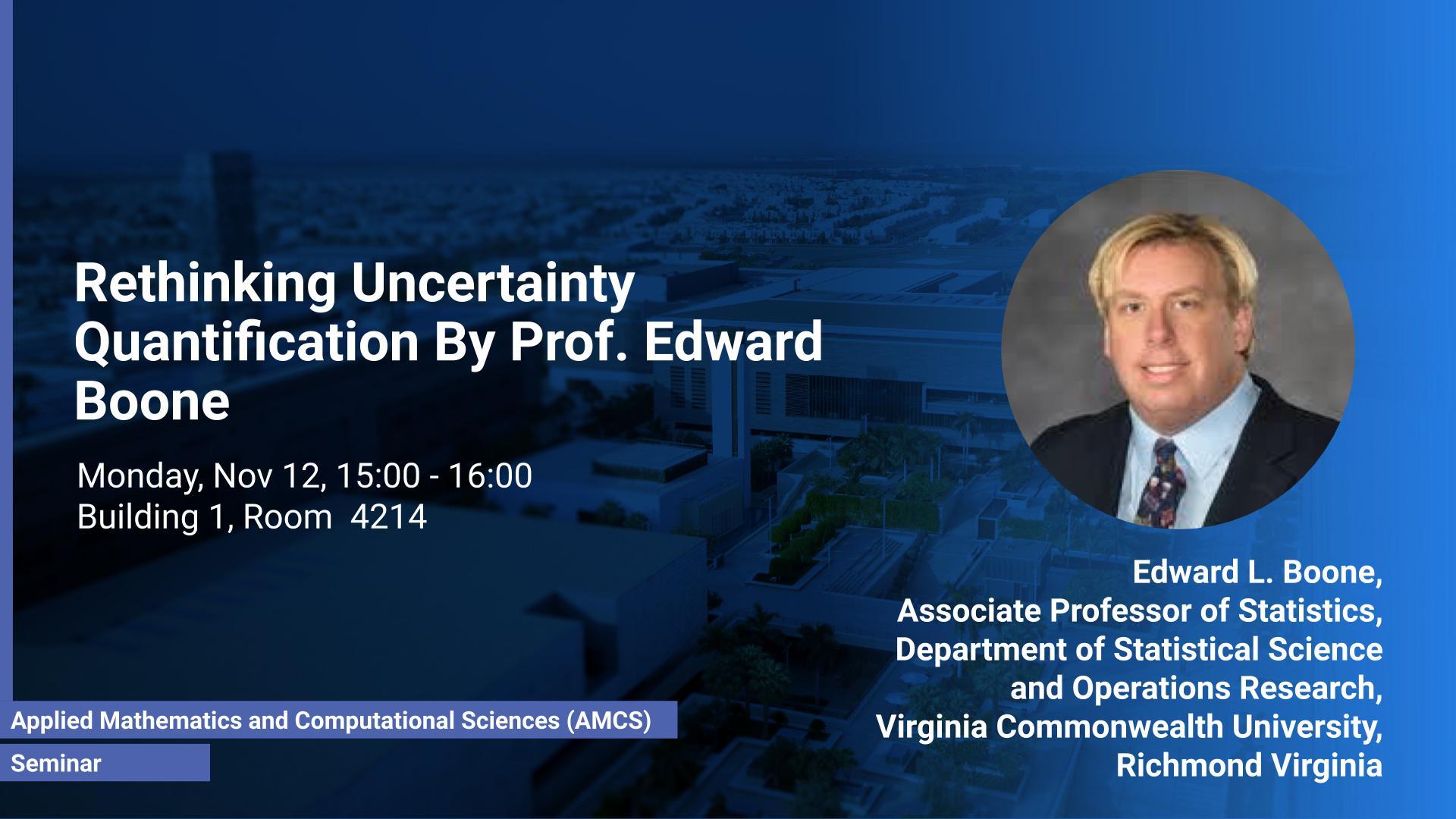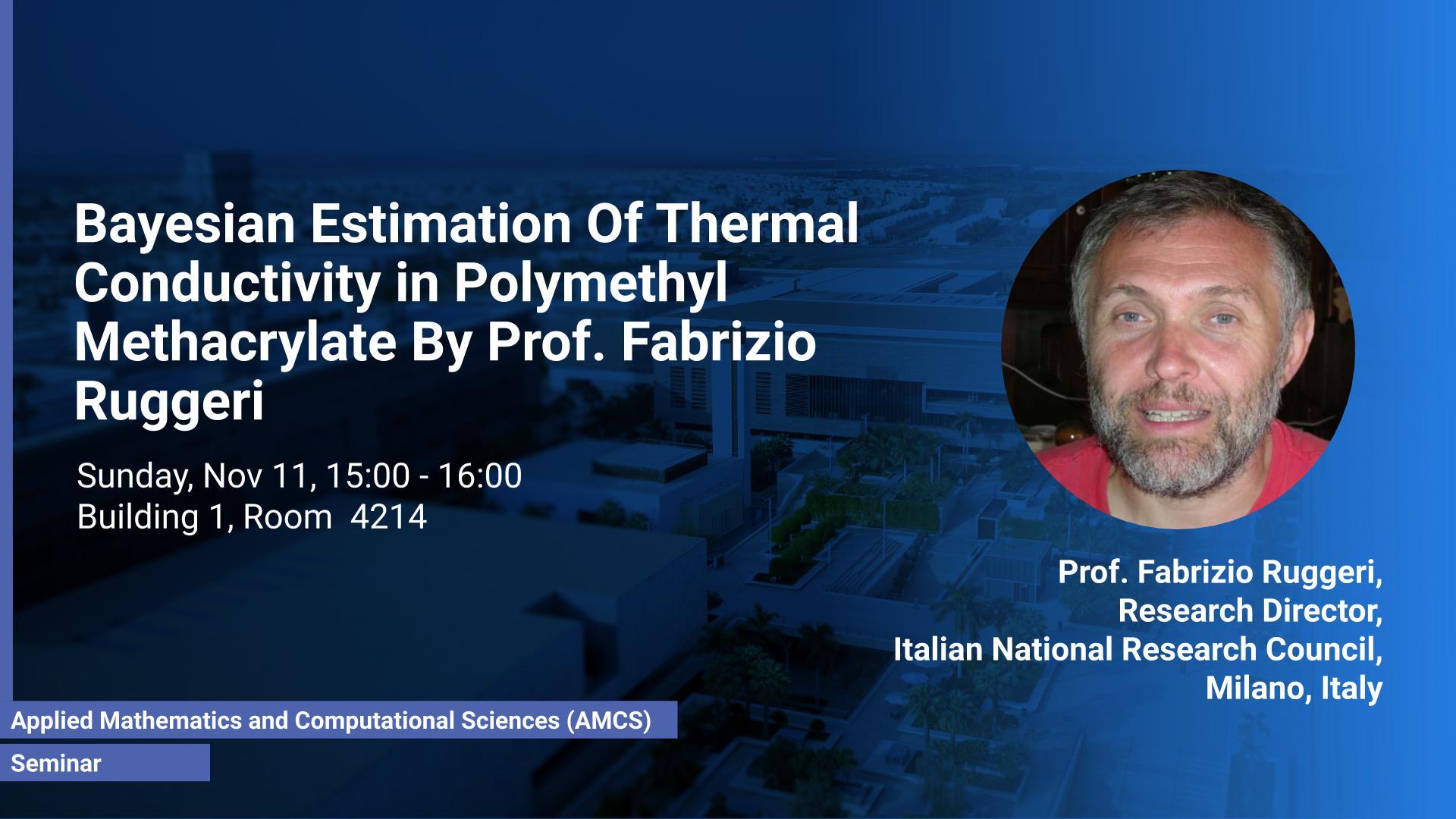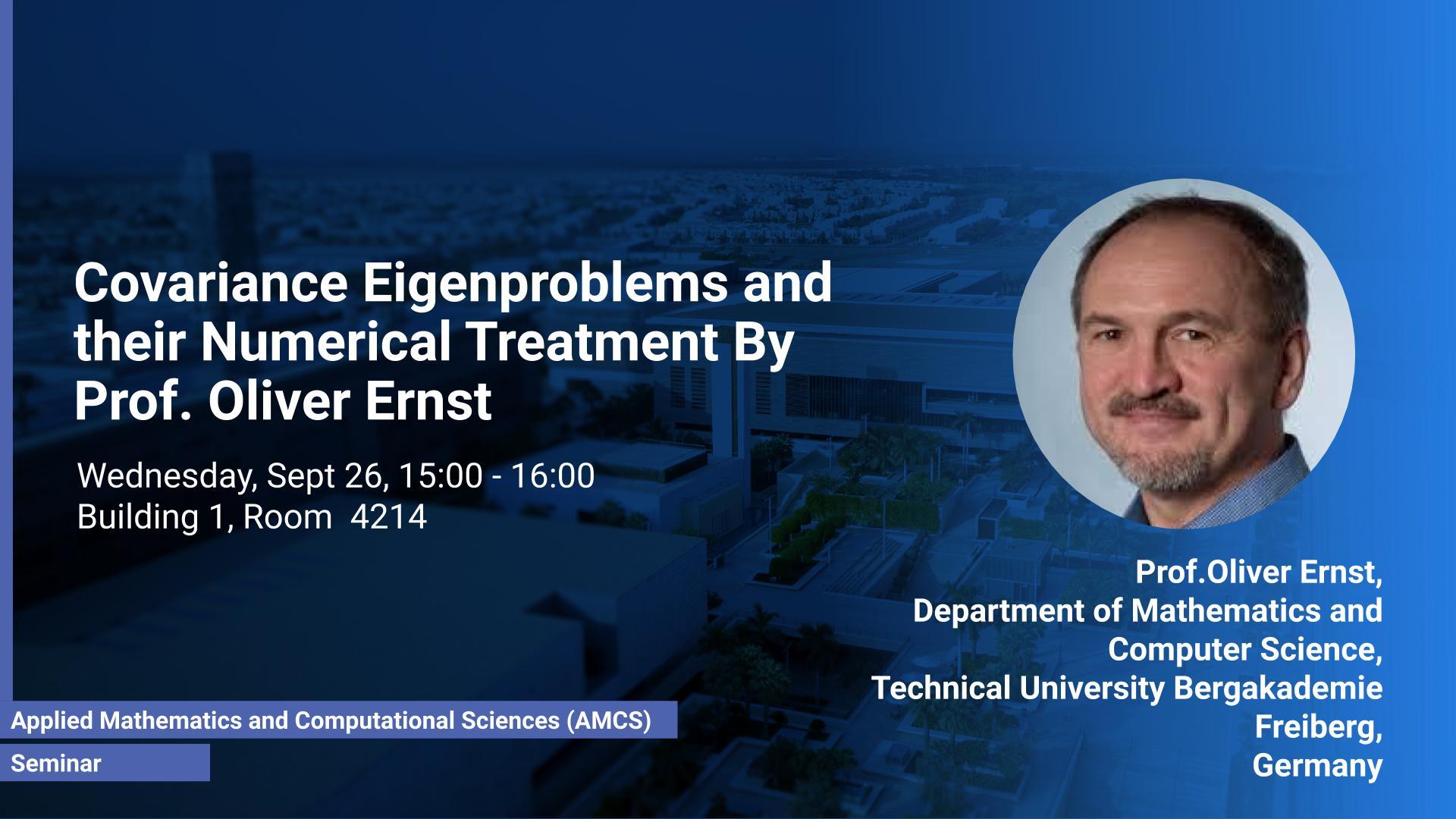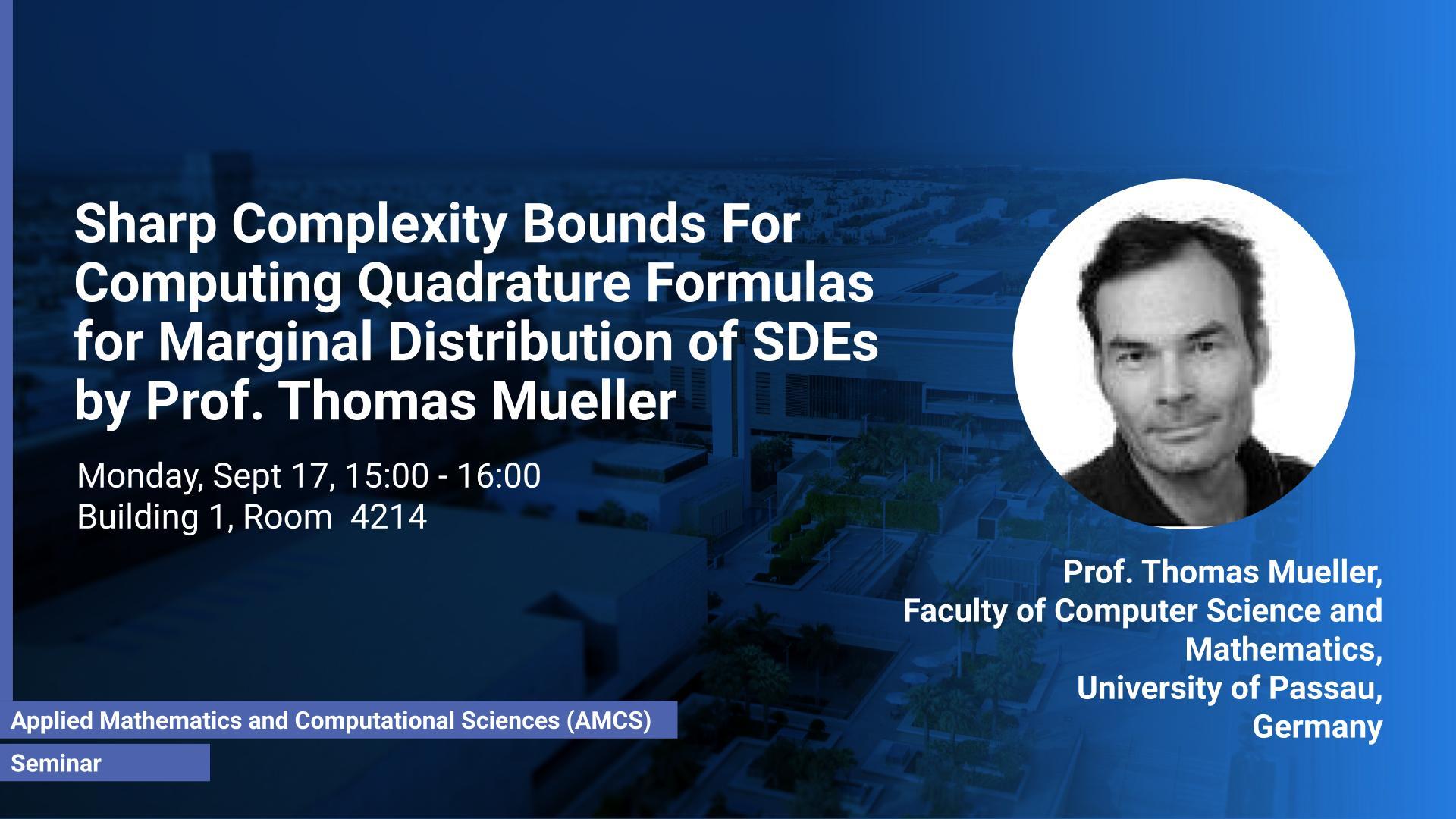Prof. Jan Hannig University of North Carolina at Chapel Hill
Tuesday, November 13, 2012, 16:30
- 17:30
Building 1, Room 4214
Contact Person
R. A. Fisher's fiducial inference has been the subject of many discussions and controversies ever since he introduced the idea during the 1930's. The idea experienced a bumpy ride, to say the least, during its early years and one can safely say that it eventually fell into disfavor among mainstream statisticians. However, it appears to have made a resurgence recently under various names and modifications.
